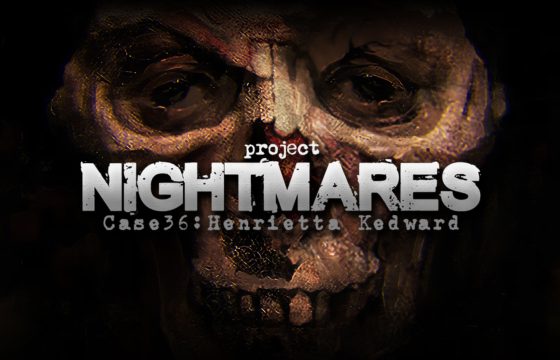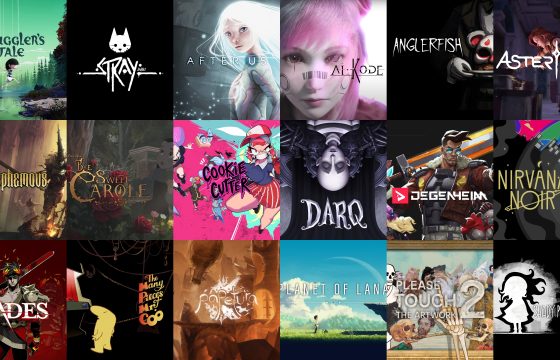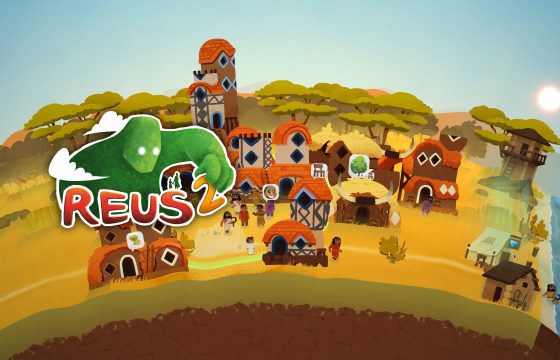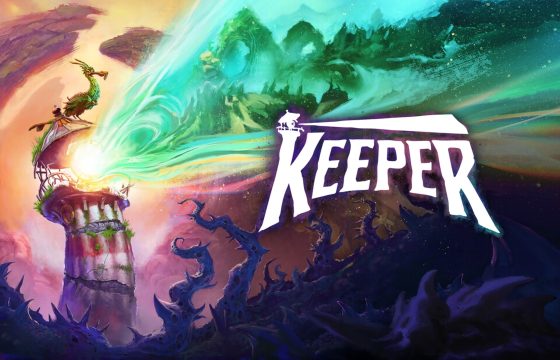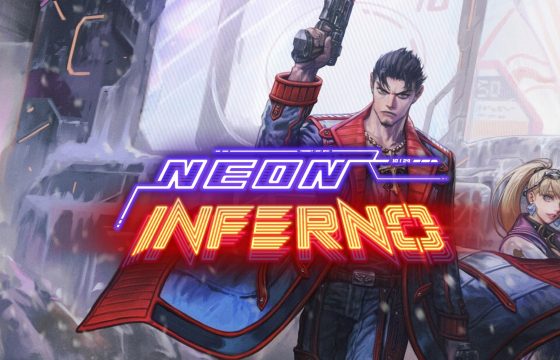Sometimes, it’s the little things that matter most.
Harold Halibut is a first-person narrative adventure that captivates with its handcrafted stop-motion aesthetic—an inspired and unmistakable visual identity. Set aboard the underwater space colony Fedora I, the game follows Harold, a kind-hearted handyman and familiar face to all, as he navigates the quiet monotony of daily life. His routine—serving as assistant to the eccentric scientist Mareaux—is upended when he’s entrusted with caring for a mysterious, ailing alien. Blending exploration, environmental puzzles, and character-driven storytelling, Harold Halibut invites players into a world rich in atmosphere, where every object, conversation, and corner helps shape a deeply human tale.
Harold Halibut was developed by Slow Bros., an independent studio based in Cologne, Germany. Founded by Onat Hekimoglu, the project began as part of his master’s thesis in 2012 and took more than a decade to come to fruition. During this time, the team overcame significant financial hardships and technical challenges, navigating a global pandemic and the loss of a publishing deal. Yet, none of these obstacles could derail their vision. Against all odds, Slow Bros persevered, delivering in 2024 a game that artfully blends passion and innovation into a truly evocative experience.
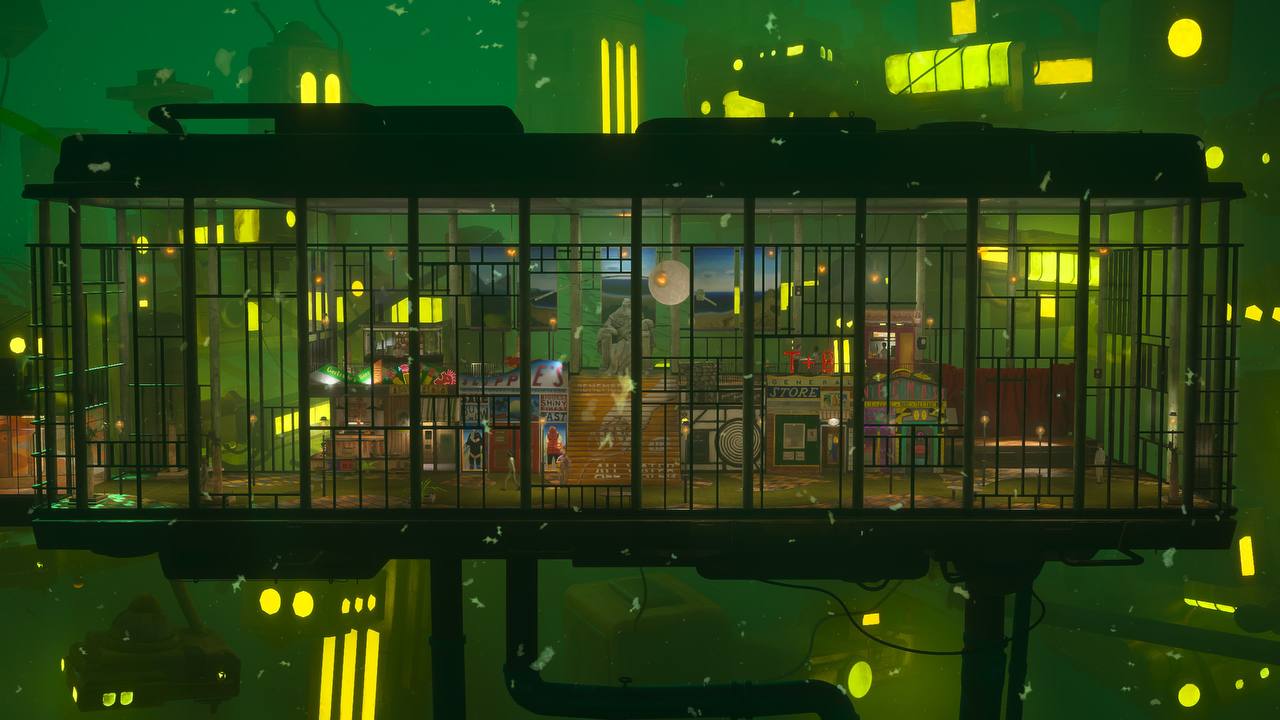

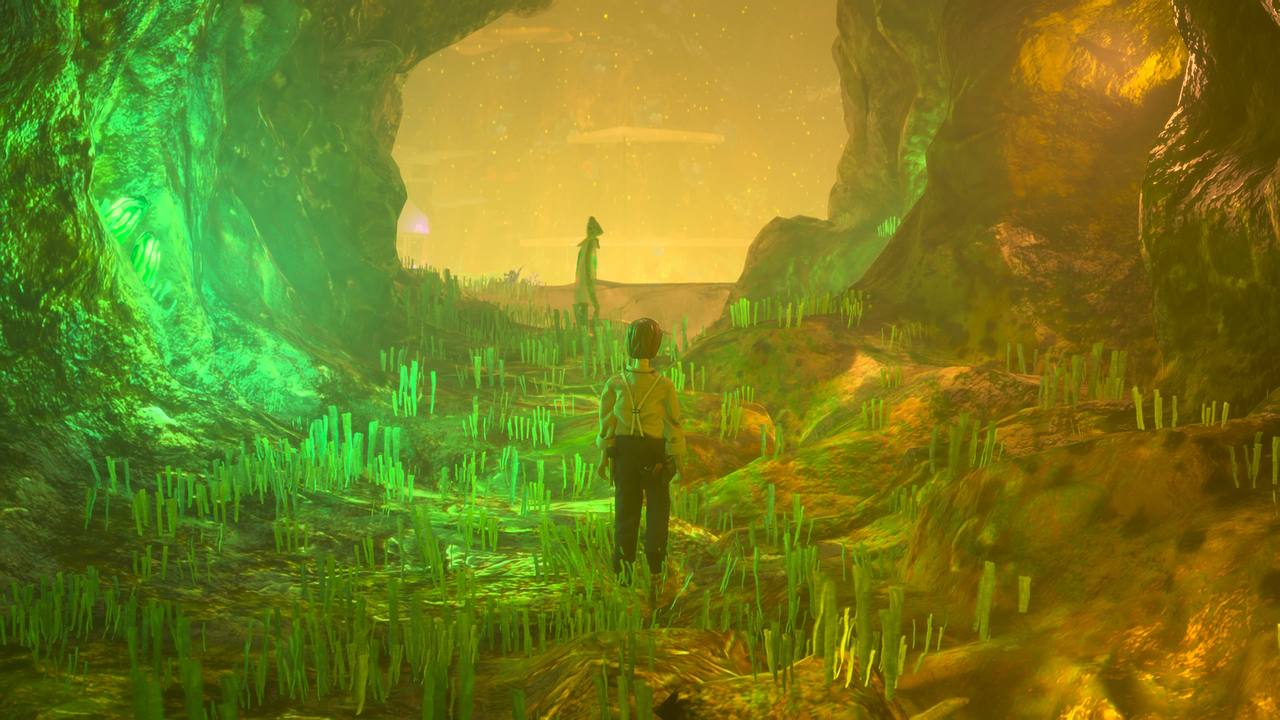
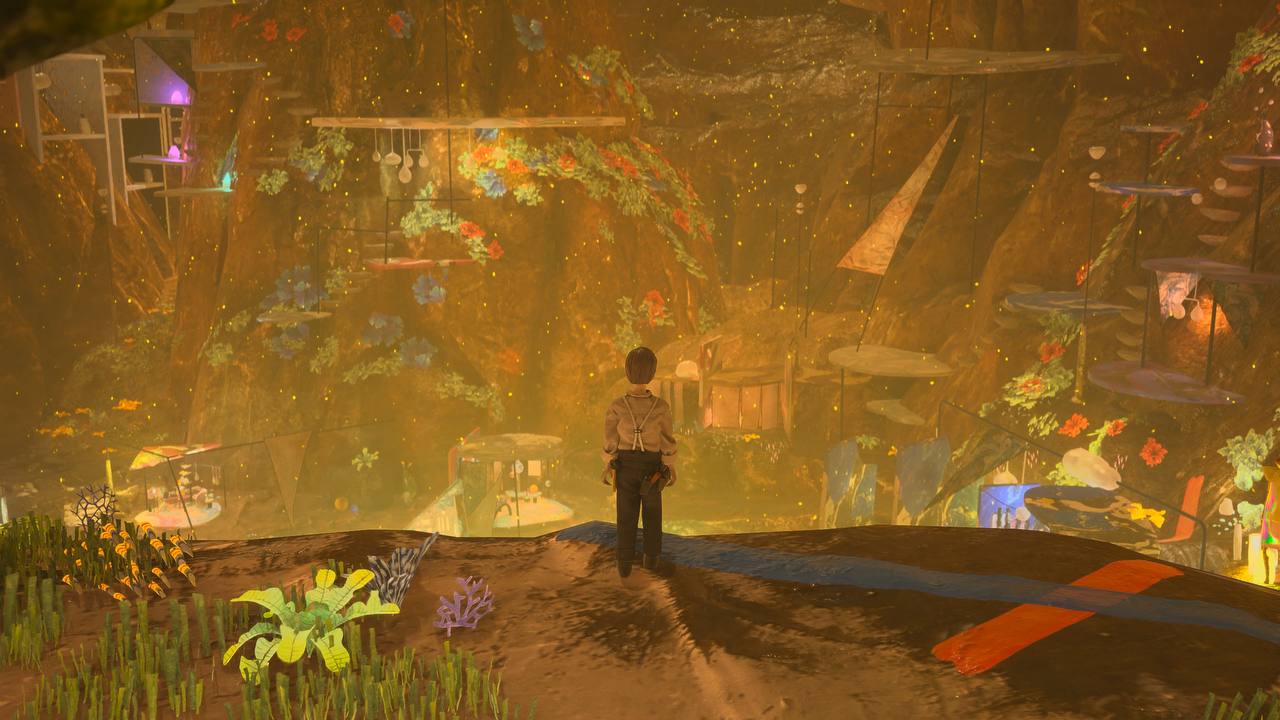
A Captivating Retro-Futuristic Narrative
Set deep in the Cold War era of the 1970s, Earth is on the brink of disaster. In a desperate bid to secure humanity’s future, the corporation All Water sends its spaceship, Fedora I, on a mission to find a new planet to colonize. After drifting through space for two hundred years, Fedora I is struck by a solar flare and forced to remain stranded for another fifty years beneath the ocean of a hostile alien world. Our protagonist, Harold, the ship’s handyman, leads a quiet and monotonous life aboard the vessel. Everything changes when he encounters Fishy, a sick alien who resembles a fish, setting him on a journey that will reveal profound truths about his own existence and the universe around him.
Yet the story doesn’t end there. When a rare opportunity arises to reestablish contact with Earth, Harold faces a heartbreaking choice: should he part ways with his friend Fishy to attempt a return home, or begin a new life alongside her?
Delving into themes of solitude, the search for meaning, and the ties that bind living beings, the game’s narrative unfolds with gentle pacing, inviting players to deeply immerse themselves in its rich world and characters. Alongside Harold, they come to realize that life is composed of countless fleeting moments—each one worthy of being paused for and savored.
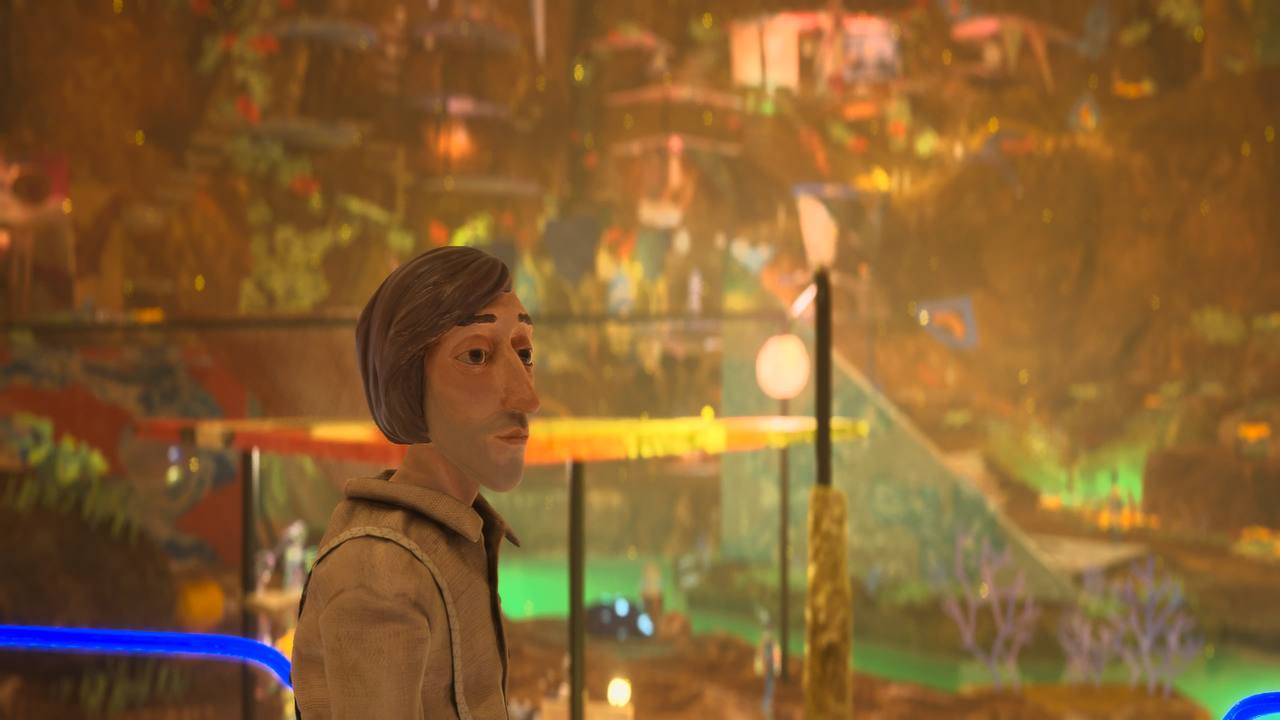
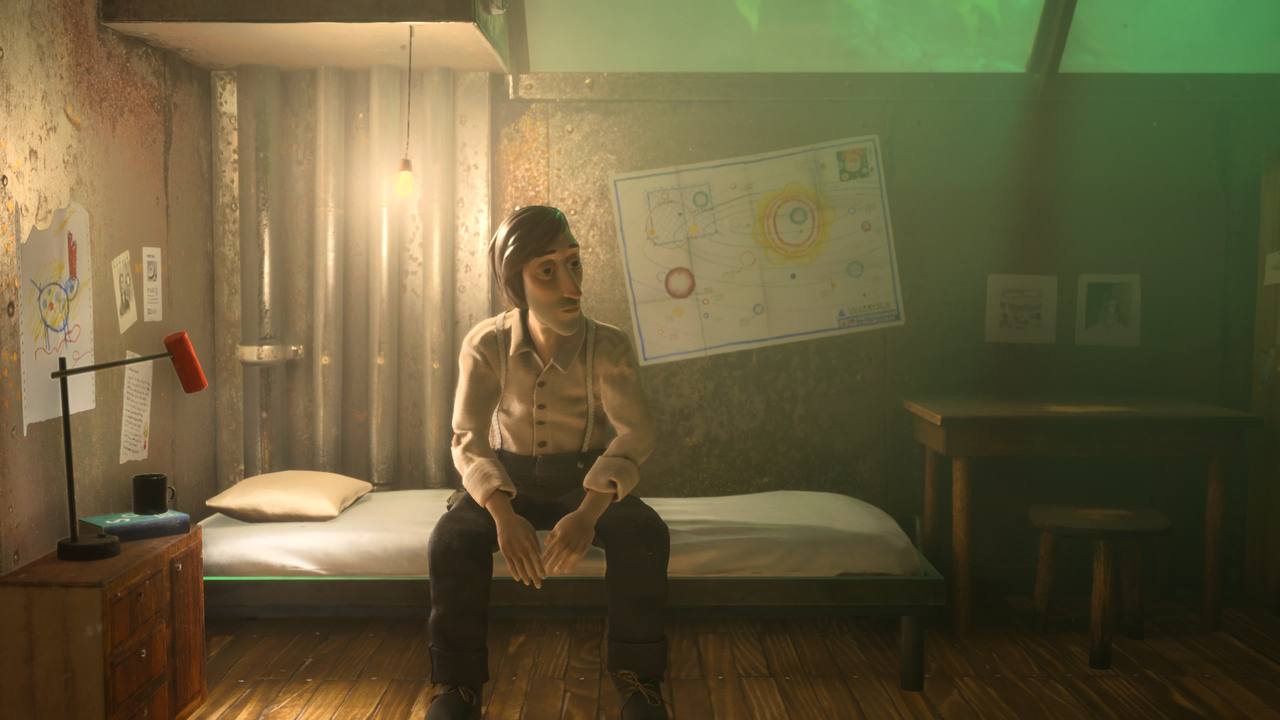
Elegantly Deep and Deeply Touching
The narrative of Harold Halibut stands out for its introspection and emotional depth. The game delves into universal themes—such as the search for meaning, solitude, and hope—with a writing style rich in nuanced and heartfelt dialogue that gently invites players to ponder their own experiences and the essence of existence itself. It feels as though every character in this world imparts a precious lesson on life. Rather than relying on fast-paced action, the game prioritizes emotional depth, offering a contemplative alternative to more conventional gameplay. Don’t expect fast-paced gameplay in Harold Halibut—instead, prepare for a story that strikes deep, hidden chords within our inner selves. Through Harold’s journey, we learn to cherish the joy found in small moments, the steady progression of life, and the act of “building a home” one brick at a time. In his quiet calm and seeming apathy, Harold emerges as the unconscious bearer of life’s greatest secret.
A Handcrafted Work That Leaves Its Mark
The visual style of Harold Halibut is undoubtedly one of its most striking and memorable features—a true handcrafted gem. Every detail, from the characters to the environments, was painstakingly created using real-world materials like clay, fabric, and wood. These physical models were then digitized through photogrammetry and brought to life in the Unity engine, resulting in a stunning stop-motion aesthetic evocative of 1980s animated films. The result is a retro-futuristic visual identity that seamlessly weaves together vintage warmth and futuristic imagination. At times, its beauty is so evocative, so alive with color and texture, that it may leave players momentarily breathless—immersed in a tapestry of emotion and visual wonder.
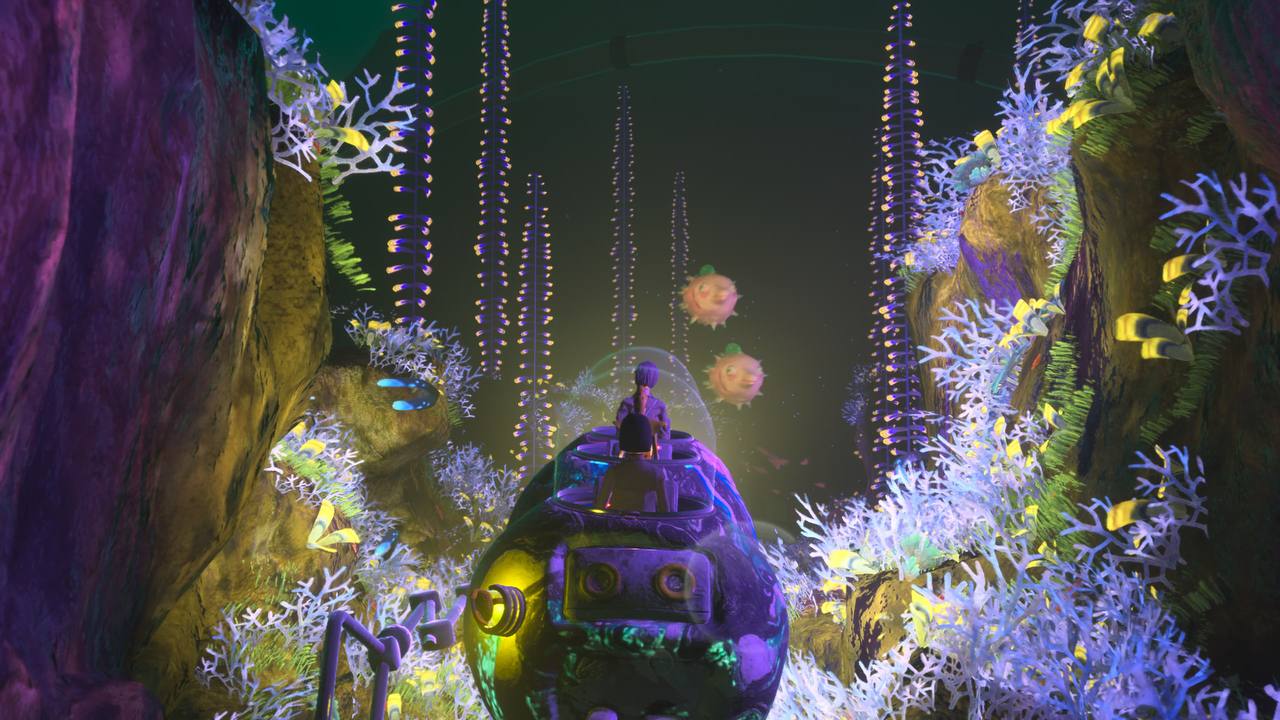
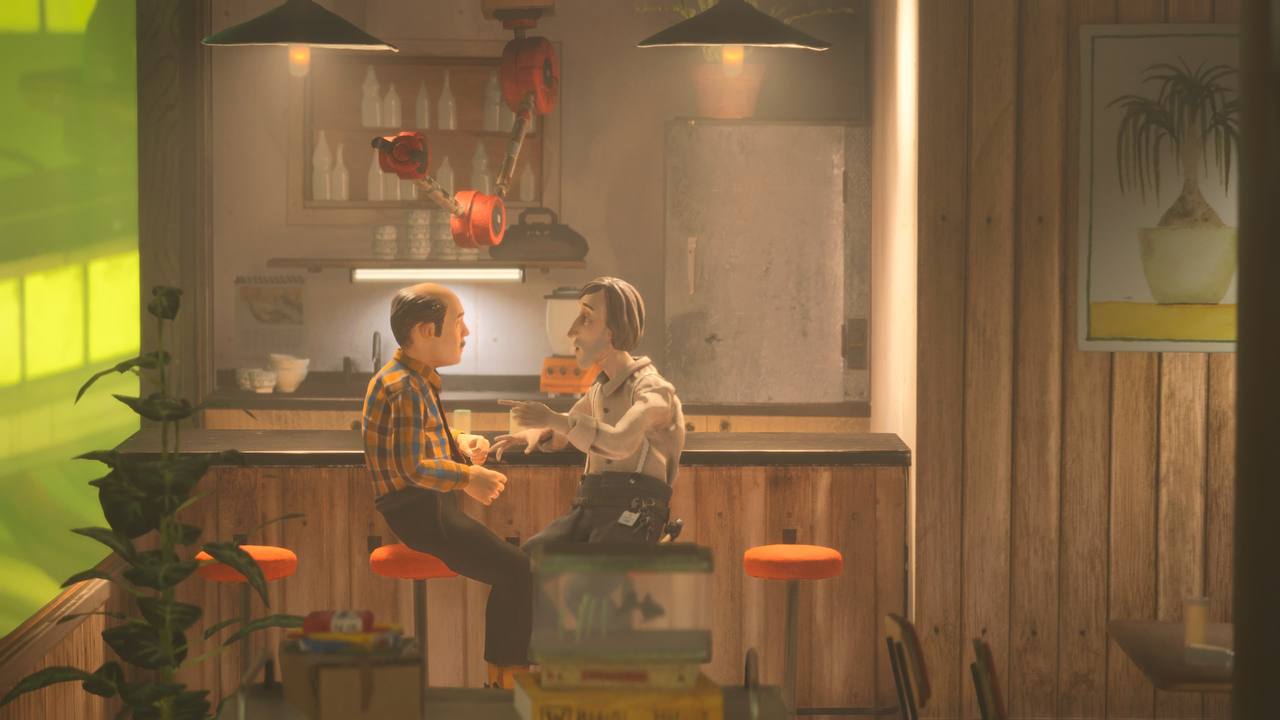
Immersive and Impactful Sound Design
The entire experience is heightened by a truly exceptional soundtrack, featuring original compositions that seamlessly intertwine with the game’s atmosphere. Every sound is crafted with care and precision, amplifying key moments and fully immersing players in the daily life aboard the Fedora I. While the voice acting was initially available only in English, a subsequent patch expanded accessibility to non-English-speaking audiences. Overall, the audio quality profoundly enriches the game’s immersive depth, gradually rising from the serene calm of the opening hours to a powerful, evocative crescendo that carries Harold through the climax of his journey. It’s an experience that invites you to pause, don your headphones, and lose yourself in another world.


Linear Gameplay Designed to Encourage Player Interaction
The gameplay of Harold Halibut revolves around exploration and meaningful interaction with the environment. Players are invited to inspect objects, solve environmental puzzles, and engage with the diverse characters aboard the ship. The narrative unfolds in a deliberately linear manner, as the development team’s main goal is to immerse players fully without ever risking boredom. A practical clock-journal allows players to track Harold’s daily agenda, which includes crucial primary tasks alongside optional secondary ones. Each evening, Harold retreats to his quarters to reflect on the day, summarizing newfound insights and expressing gratitude for yet another precious day lived.
The world-building is truly remarkable, with every inch of the Fedora I painstakingly detailed, weaving countless stories from the past. Thanks to the “zoom” feature, players can pause and closely examine every corner of this richly crafted world. Interacting with the environment is key to uncovering fresh plot elements and gaining a deeper understanding of the story’s context.
Yet perhaps the most striking feature is the profound sense of community the game conveys. Through Harold’s eyes, we are immersed in a world that moves independently: professors teach children, scientists pursue research and discoveries, farmers nurture life through their crops, and merchants strive to grow their businesses. All of these lives unfold beyond Harold’s immediate actions, yet they harmonize seamlessly, working together to ensure the survival of their society as a whole—a deeply resonant sociological lesson.
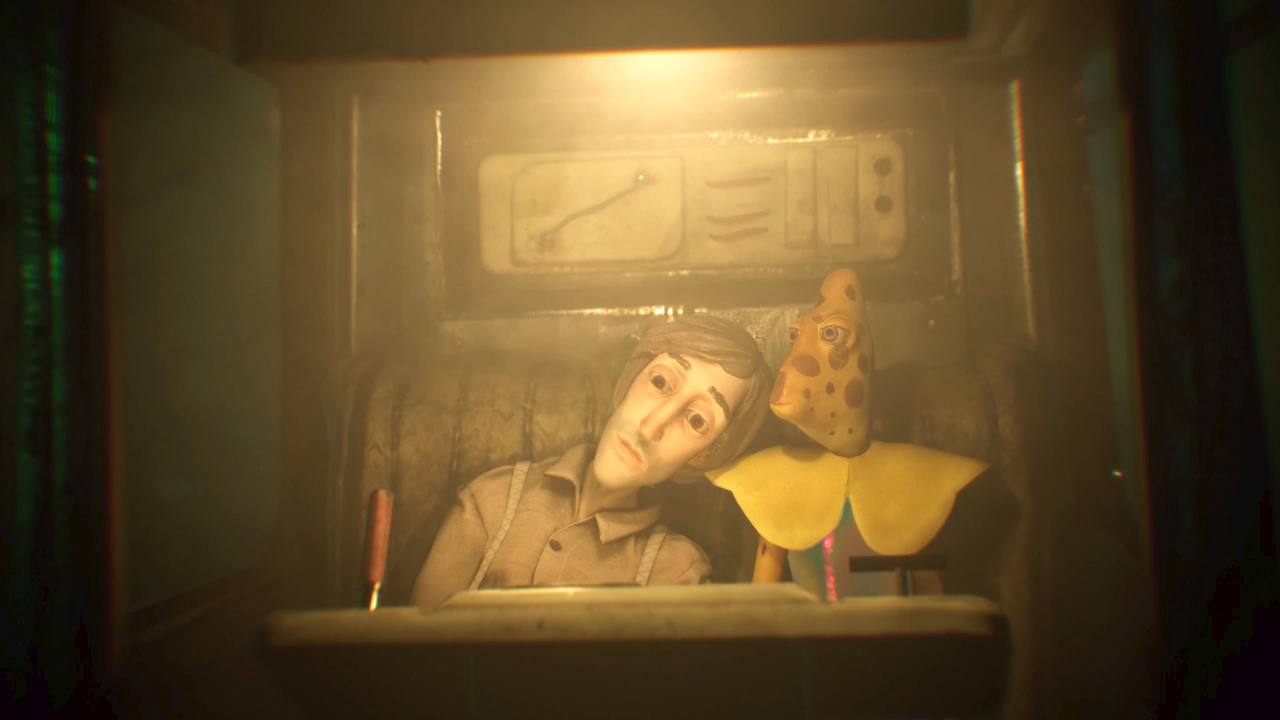

Harold and Fishy
The true turning point, however, comes with Harold’s poignant encounter with Fishy—a dying alien with delicate, marine features who instantly captivates both his heart and mind. She becomes a vessel of profound truths and offers a new lens through which to see the world, ultimately prompting Harold to question his long-held desire to return to Earth. The bond between Harold and Fishy is honest, heartfelt, moving, and pure—two souls seemingly so different, yet ultimately complementary. It is the connection of two hearts that, once touched, can never be separated. Fishy’s presence upends Harold’s daily routine and reaches straight into the player’s heart, drawing them in and holding them spellbound until the final moments—hoping, with bated breath, for a happy ending.
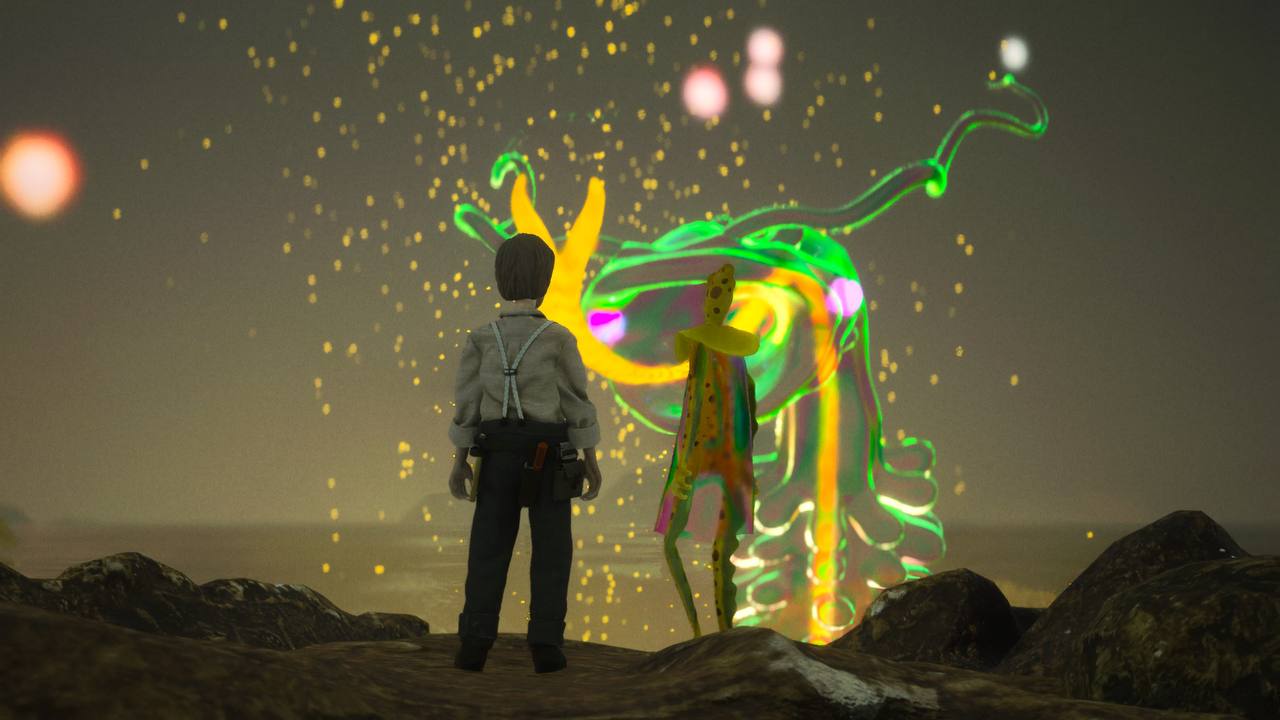
The Critics’ Take on Harold Halibut
Critics have warmly received Harold Halibut, awarding it an average score of 8.5/10. The game has been widely praised for its distinctive handmade aesthetic and rich narrative depth, as well as for the originality of its design and the high quality of its soundtrack. Its writing has been recognized for its emotional depth and thoughtful depiction of human social dynamics brought to life through fascinating and evocative characters. While some reviewers have pointed to limited environmental interactivity and a low difficulty level as potential drawbacks for certain players, Harold Halibut is overall celebrated as a visually arresting and narratively compelling experience.
The game has also earned numerous nominations and accolades at both video game and film festivals. Notable recognitions include nominations for “Most Wanted” and “Best Marketing” at the Deutscher Entwicklerpreis in 2017, the Kultur- und Kreativpiloten Deutschland award from the German government in 2019, a win in the “Video Game” category at the San Francisco Frozen Film Festival in 2022, and nominations for “Critic’s Choice” and “Most Anticipated Game” at the Indie Cup Germany in 2023.
Harold Halibut
PRO
- An extraordinary and enchanting stop-motion aesthetic, imbued with genuine artisanal craftsmanship;
- Deep, immersive storytelling that both moves and astonishes the player;
- Stunningly detailed and immersive world-building;
- Exceptional soundtrack and sound design that deeply enrich the overall gameplay experience.
CON
- Gameplay that can feel repetitive over time for certain players;
- The relatively low difficulty level might not satisfy those seeking a greater challenge.




